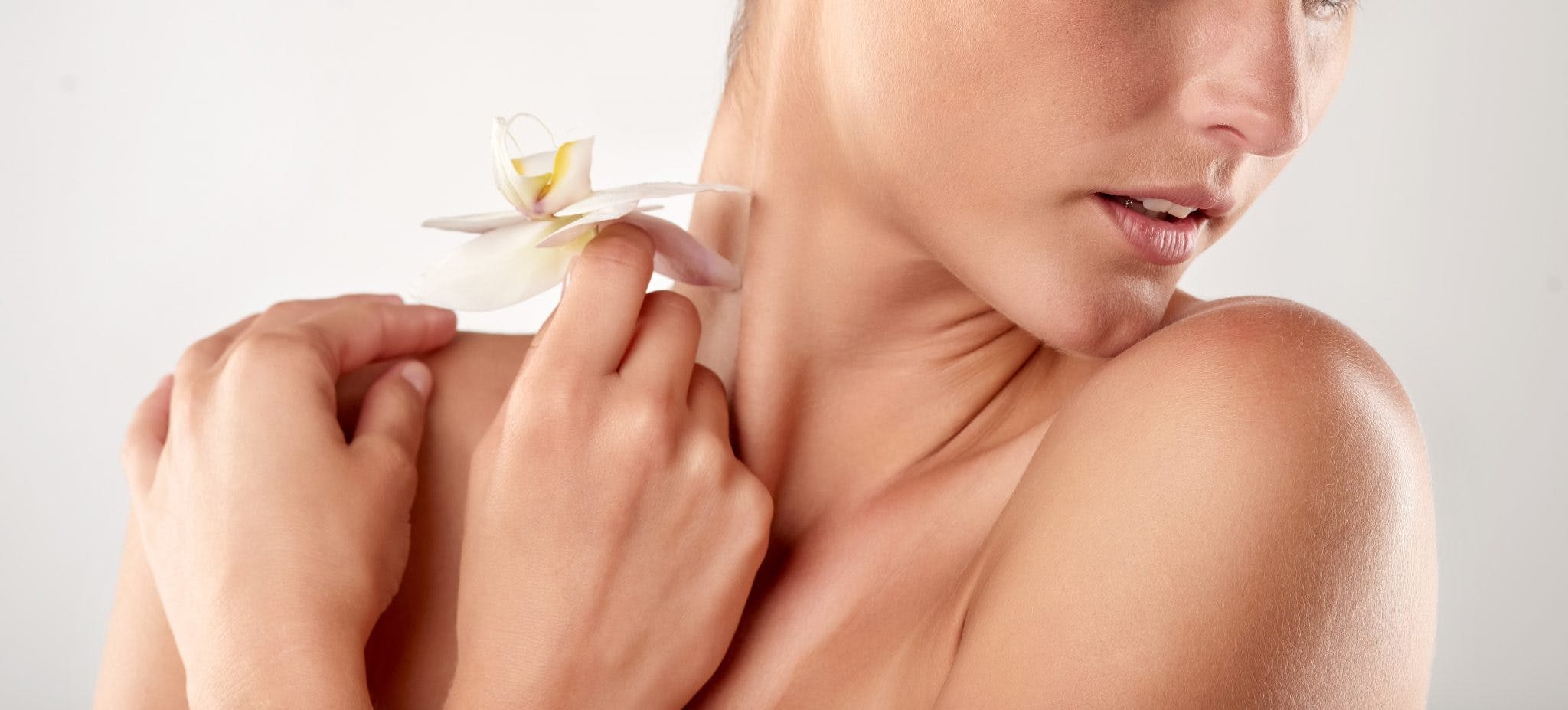
2024-08-28T16:28:07
Eczema vs Psoriasis
- Dermatology
May 19, 2017 | Dermatology
Specialties:Dermatology

There are a number of different non-cancerous skin lesions that affect the skin in various ways. Many of these are common, and they include moles, freckles, skin tags, lentigines and seborrheic keratoses.
What are each of these lesion types, and how are they caused and treated?
Moles are growths on the skin that are typically brown or black. They can develop anywhere on the body, both alone or in groups. Moles usually appear in early childhood through age 20, though some can appear later in life. For most people, having between 10 and 40 moles on the body by adulthood is normal. Many moles change with time or disappear.
Causes: Moles are caused by skin cells (called melanocytes) that grow in a cluster rather than spreading throughout the skin. Congenital nevi (moles that appear at birth in about 1 in 100 people) and dysplastic nevi (larger moles than average and irregular in shape, and tend to be hereditary) are two types.
Treatment: Most moles are benign, but some can be cancerous. If moles change over time, or if they ever bleed, ooze, itch, appear scaly, or become tender or painful, you should tell your doctor. During self-examination of moles, remember “ABCDE”—if any of these signs are present, have the mole checked immediately:
In cases where a dermatologist determines that a mole needs to be further evaluated or removed, they’ll first take a small sample of the mole and examine it with a microscope. If the mole is cancerous, the whole mole will be removed then the area will be stitched.
Freckles are smaller brown spots usually located on the face and arms. They’re very common, and are not a health threat at all. They can appear in everyone.
Causes: Freckles are caused by genetics, the presence of certain pigment conditions and exposure to the sun.
Treatment: Unless you feel there’s a specific problem, there’s no need to treat freckles. People with freckles might be more susceptible to cancer due to fair skin, so proper sunscreen and sun protection habits are recommended.
Skin tags
Skin tags are small flaps of tissue that hang off the skin. Like freckles, they are benign and not dangerous. They’re most often found on the neck, chest, back, armpits, groin or under the breasts. They’re more common in women than men, and they can become irritated through rubbing.
Causes: The exact cause of skin tags has not been determined, although skin tags are believed to be caused by friction on the skin.
Treatment: Skin tags can be removed by manual cutting, cryotherapy (freezing) or electrotherapy (burning with an electric current).
A lentigo is a brown spot on the skin (usually brown) that’s darker than surrounding skin. These can occur in anyone, but are more common in Caucasians with fair skin.
Causes: The exact cause of lentigines is unknown, but sun exposure, genetics and certain medical procedures like radiation therapy may influence the development of lentigines.
Treatment: Lentigines might be treated using cryotherapy, laser surgery or skin creams. They can be prevented by staying out of the sun and using sunscreen for protection.
These are brown or black growths usually found on the chest, back or head. They can look like warts as they develop.
Causes: While these are seen more often with age, the direct causes are unknown.
Treatment: Because these are benign and non-contagious, they do not need to be treated. If you decide to have them removed, it can be done using the same methods as skin tags.
If you are bothered by skin lesions or if you’re worried about potentially cancerous moles or damage to lesions anywhere on the body, speak to your doctor about treatment or removal options.
“Moles, Freckles, Skin Tags, Lentigines, & Seborrheic Keratoses.” Cleveland Clinic. https://my.clevelandclinic.org/health/articles/moles-freckles-skin-tags-lentigines-and-seborrheic-keratoses
“Moles, Freckles and Skin Tags.” WebMD. https://my.clevelandclinic.org/health/articles/moles-freckles-skin-tags-lentigines-and-seborrheic-keratoses
WRITTEN BY:
The Live Better Team

This information is not intended to replace the advice of a medical professional. You should always consult your doctor before making decisions about your health.